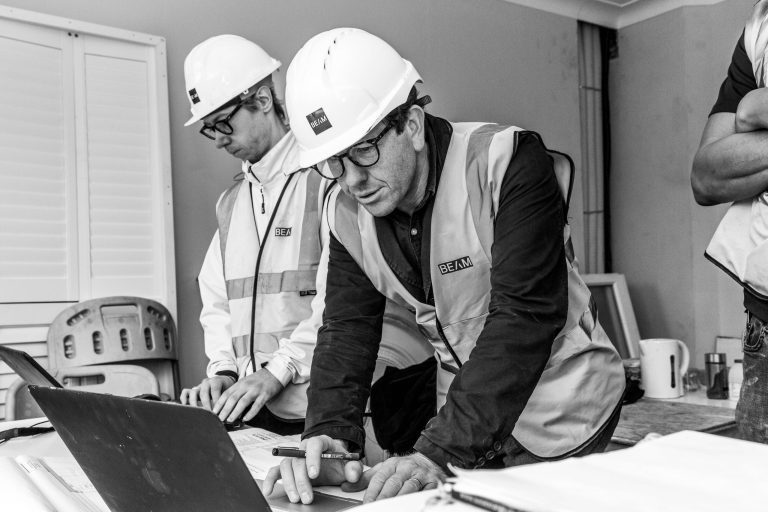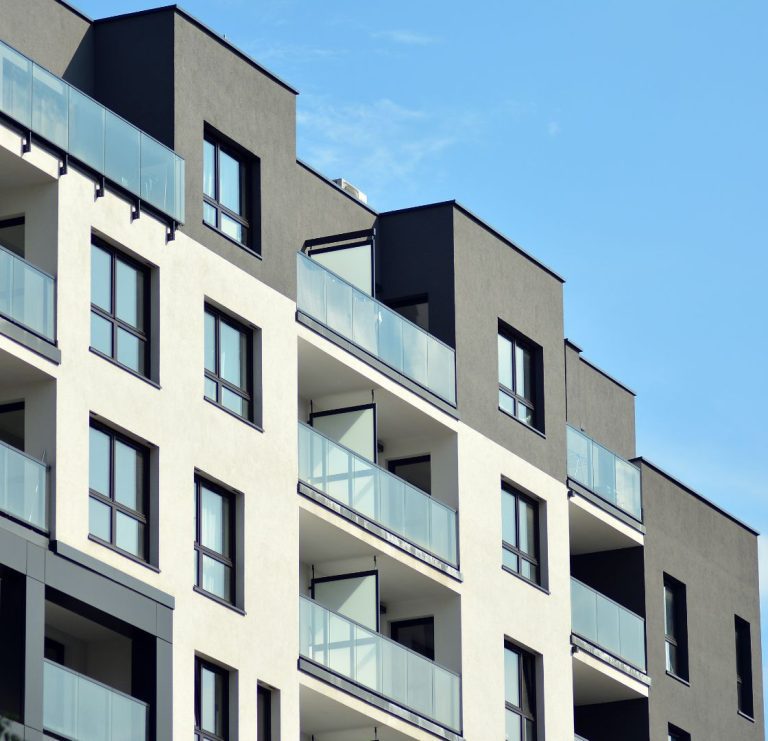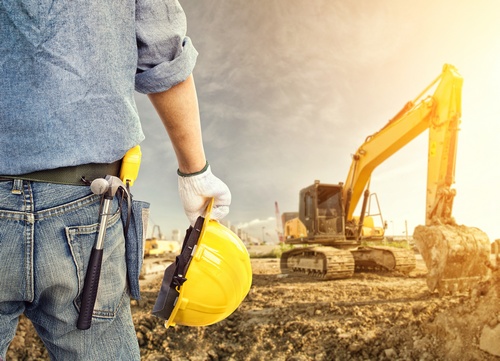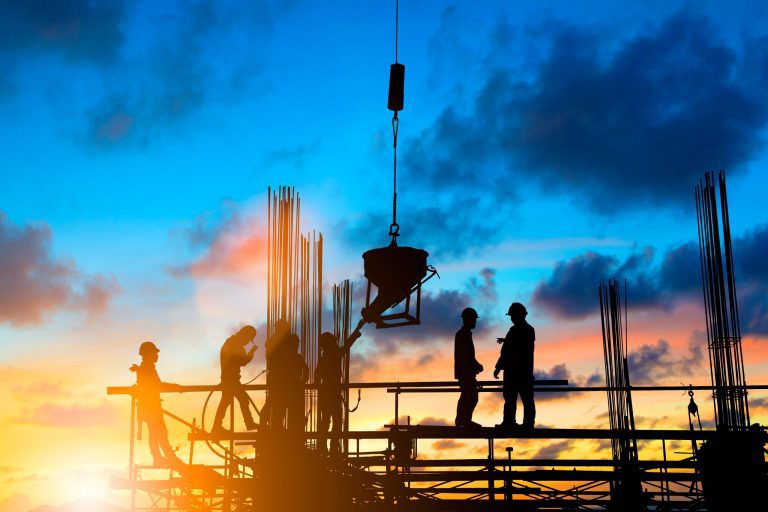The construction industry has always been ranked as among the most dangerous sectors to work in. The combination of safety and health risks that involve heavy-duty equipment, vehicles, and manual tasks makes the industry notoriously dangerous. In fact, statistics from the Occupational Safety and Health Administration (OSHA) shows that 20% of workplace deaths occurred in construction sites. The 2020 pandemic made safety in construction sites even more of a concern. Protocols would have to be implemented, and local laws regarding COVID 19 safety would have to be followed diligently. Cutting corners to save costs may be tempting for employers, but workplace-related injuries would be more costly in the long run; around 1.6 million workdays are lost annually due to work accidents and injuries. Besides, ignoring safety rules would be gambling with workers’ safety, not to mention the lawsuits that could result if safety protocols are ignored. In any case, safety should always be a priority as it’s in everybody’s interest. All stakeholders involved in the job should be able to work without worrying about unsafe workplaces. There are many ways to improve safety in the job, and the cost doesn’t have to be prohibitive. Below are a few tips for staying safe in the construction industry. Tips For Staying Safe In the US, an average of two construction workers die every day due to work-related injuries. One in five workplace deaths, in fact, happens in the construction industry. The most common causes of fatalities in construction sites are being struck by or caught between objects, falls, and electrocution. An employee typically cannot sue the employer for any injuries suffered on the job. What the employee can do is make use of the workers’ compensation system. There are instances, however, when the contractors and the owners of the premises could be held liable if any injuries happened to workers on-site. Furthermore, laws and regulations can apply differently to non-union employees who weren’t eligible for safety training. Here are the findings regarding cases like these. 1. Workers Should Wear Personal Protective Equipment (PPE) If you’re an employer, provide your workers with the appropriate personal protective equipment. A proper PPE worn correctly can protect people from injuries of all sorts—minor, serious, or the fatal kind. A properly-appointed PPE can consist of a helmet, safety goggles, ear protection, knee pads, safety shoes, safety belt, and hi-visibility jackets. If any of the pieces are worn out or broken, have them replaced immediately. Also, ensure that PPEs are worn by the workers at all times while on-site. 2. Scaffolding Should Be Up To Standard Scaffoldings can be dangerous, that’s why neither shortcuts nor improvisations should be involved when erecting one. Scaffoldings shouldn’t have any risk of collapsing; they should be erected on stable ground and with a solid foundation. Scaffoldings should also be well-maintained. If any damage or inconsistencies appear, it should be immediately repaired. Make sure also that workers are trained adequately in scaffolding safety. Keep in mind that 47% of construction workers’ injuries result from falls. 3. Health And Safety Training Sufficient health and safety training is required for construction workers, especially those who work in high- and medium-risk environments. They should also be made aware of COVID-19 health protocols for the job site and the community, and ensure that they follow these to the letter. Workers should also be aware of the risks involved with their jobs, like when working at a height, in confined spaces, or with machinery. Basic knowledge of first aid and know-how to give life-saving techniques like CPR are also advised. 4. Display Signs Prominently Construction sites are inherently hazardous, not only for the workers, but for the public too. That’s why putting up signs and posters prominently to warn everyone to be careful is important. Signs could alert everyone of the presence of dangers, such as falling debris or objects, the presence of chemicals or gas, or large vehicles. Putting up signs can be a cost-effective method of lessening accidents. 5. Regular Inspection of Tools and Equipment Workers depend on their tools—to get the job done and to do the job efficiently. Broken tools are unsafe and could result in serious accidents. Almost 3% of construction workers suffered injuries for the year 2019-2020, which is higher statistically than the rate in all other industries. For the rate to be reduced, a thorough and regular inspection of equipment should be conducted to prevent any malfunction that could cause harm. Any issues stemming from defective equipment or subpar tools should be highlighted by both the employer and the workers. The responsibility falls on everybody involved. Conclusion Construction sites are one of the most dangerous places to work in. Injury and workplace fatality rates in the construction industry are among the highest. Employers, contractors, and workers should be made aware that safety is everybody’s concern. Ignoring safety protocols can be costly, in more ways than one.












